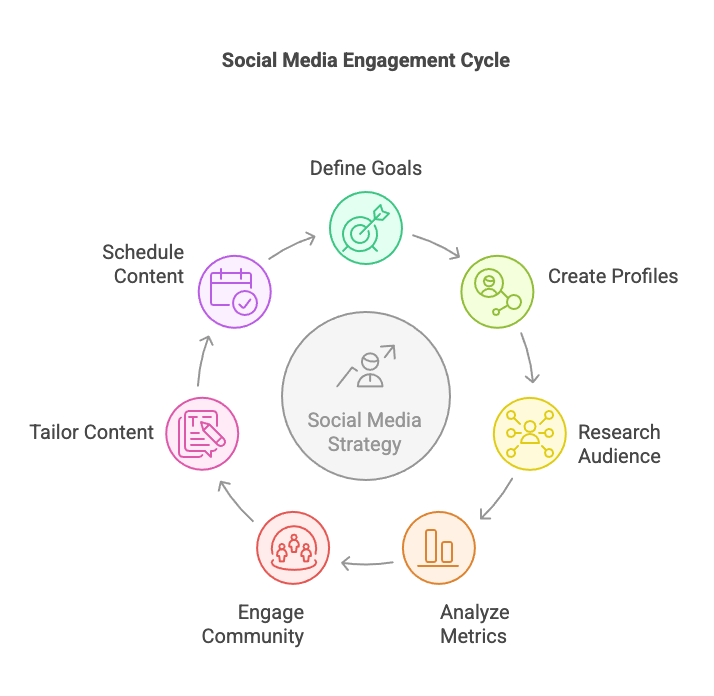You’ve probably been told on a few occasions that social media’s a pretty important component of content marketing – that social SEO is something that you as a content creator should understand.
Maybe you paid attention to the advice, maybe you didn’t. Either way, research recently released by Pew has revealed that more Americans than ever are using Facebook and Twitter as their primary news source.
For those of you who’ve been running social marketing campaigns, that’s a nice bit of validation. And for those of you who’ve ignored social to this point, well…it’s a sign that you need to stop doing that.
Social Media
“Facebook and Twitter users across all demographics are increasingly using the social networks as news sources, though they are seeking out different types of news content on each platform,according to a study out Tuesday from the Pew Research Center and the Knight Foundation.
” writes Nieman Lab’s Joseph Lichterman. “Sixty-three percent of both Facebook and Twitter users said they get news on the social networks, Pew found. That’s an increase from 52 percent of Twitter users and 47 percent of Facebook users who told Pew in 2013 that they use each platform to consume news.”
The study’s most interesting detail was this finding: news consumption cut across all demographics. This means the 63% figure applied to all users of the two social networks. This was true regardless of age. It was also true regardless of race, education level, gender, or household income. But how does any of this relate to content creation outside journalism?
Simple. If a user gets most news from one platform, they’ll likely consume other media there too. For example, someone reading CNN on Facebook might then browse Cracked or Buzzfeed. Getting your content onto those users’ feeds matters. If people share and retweet your creations, you can generate significant traffic from these networks.
Alright. So how do you do that? What’s involved in getting started with social SEO?

A few things:
- Figure out what you want out of social media. What are your goals here?
- Create the necessary profiles, and make sure they’re clearly linked to your brand.
- Research. Look at how your target demographic uses the network you’re on, and learn to tailor your approach to mesh with that.
- Understand the metrics associated with social media, and how they apply to you.
- Start becoming active in the community. Don’t just approach this as a marketer – approach it as a person.
- Tailor your content so that it’s easy to consume and shareable. Lists are great for this, but in general, anything of high enough quality will get shares.
- Figure out a content schedule, and keep to it.
Social SEO is a lot more about how you act than it is about the technical makeup of a post or website. While there are certainly technical elements to it (metrics, for example), it’s more about getting your finger on the pulse of the community, and using that to shape your behavior.
That doesn’t make it any less important to your online success, of course – now more than ever, it should be clear that social SEO isn’t something you can justifiably ignore.




